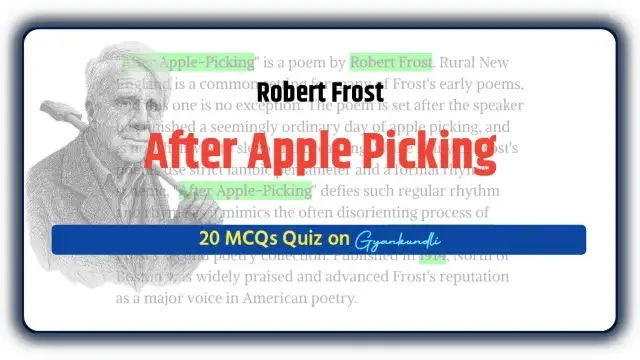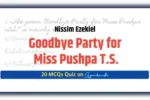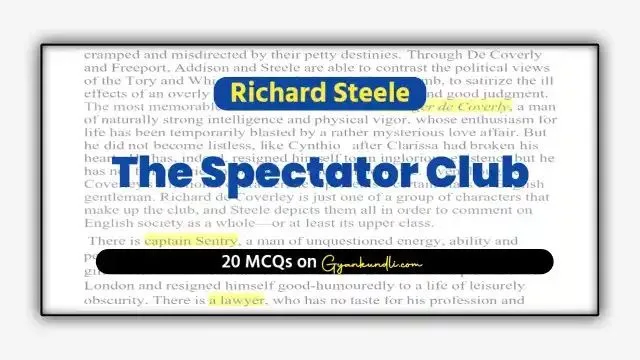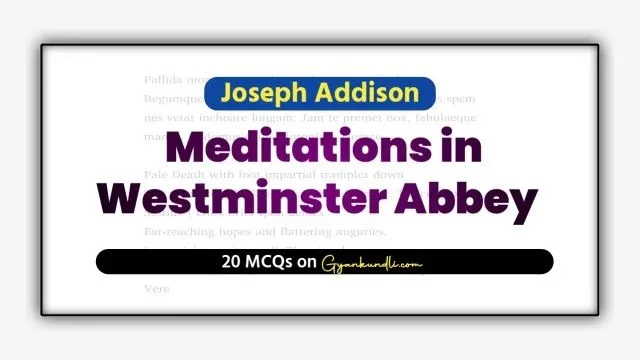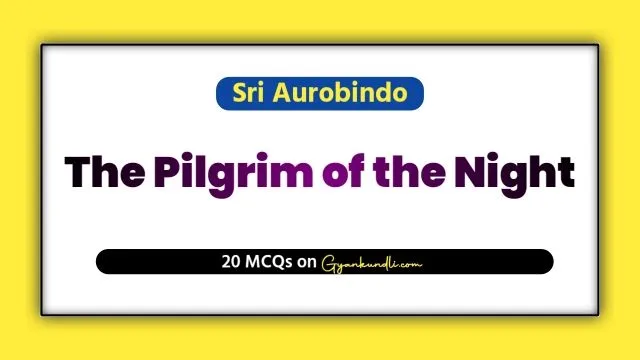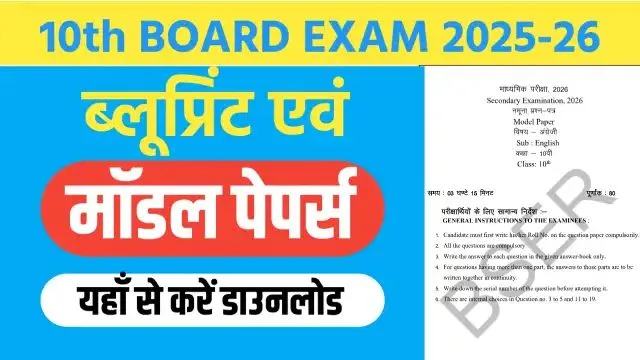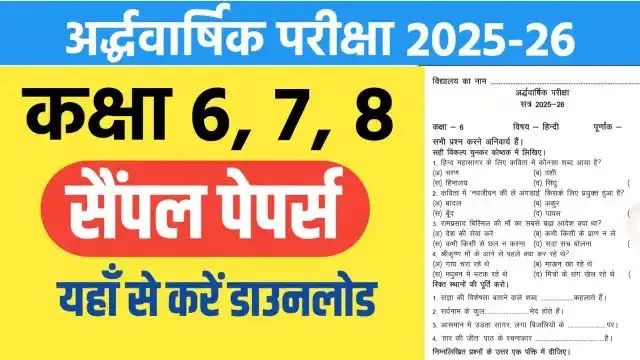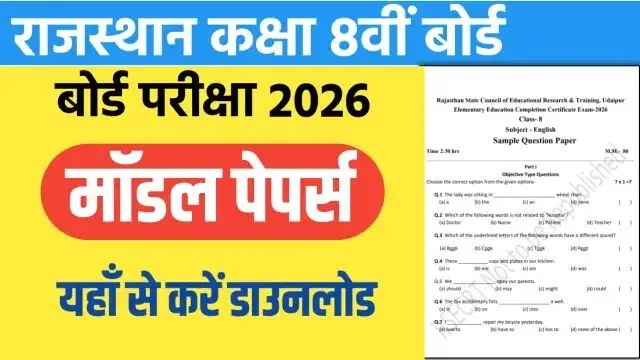After Apple-Picking MCQ Quiz : My long two-pointed ladder’s sticking through a tree — these opening lines of Robert Frost’s “After Apple-Picking” bring us into a plain, rural moment that becomes a thoughtful inward journey. The speaker is an apple-picker, tired after a long day, moving between waking attention and a dreamlike drowsiness. Frost keeps his language simple: ladders, barrels, apples, and a pane of glass. Yet the poem turns these everyday objects into symbols of labour, desire and the passing of life.
Set in Rural New England, the poem feels like a quiet monologue. Frost’s voice is conversational but precise: short phrases and carefully placed line breaks reproduce a mind slowing down. Enjambment makes images flow into one another, while sudden short lines and pauses make the reader notice certain words — for example, “Essence of winter sleep is on the night,” where season, scent and fatigue meet.
Formally the poem reads as a single continuous lyric, with forty-two lines and no stanza divisions. Frost varies rhythm and line-length to mirror the speaker’s state: long lines that list and explore, and short, abrupt lines that suggest fatigue or waking alertness. The sensory detail — the scent of apples, the creak of ladder wood, the cold on hands — grounds the poem’s abstract questions. Is this tiredness mere sleep, or a hint of something final? The closing thought about the woodchuck’s “long sleep” makes mortality an undercurrent.
Frost’s strength here is his ability to turn a small rural scene into a meditation that feels universal. The poem shows how honest labour and a tired body can open into deep thought — and how the border between daily work and dream can hold a whole lifetime’s meaning.
Text of After Apple-Picking
Form, meter & rhyme of After Apple-Picking
-
Form: single continuous lyric of forty-two lines with no stanza breaks.
-
Meter: principally iambic with frequent variations — iambic pentameter alternating with shorter lines (dimeter, trimeter, monometer) to echo the speaker’s drowsy mind.
-
Rhyme scheme: irregular and scattered rather than regular; rhymes occur sporadically and at wide intervals.
After Apple-Picking MCQ Quiz
Read this also : Literary Forms Ode Quiz : 20 MCQs
Discover more from Gyankundli
Subscribe to get the latest posts sent to your email.
